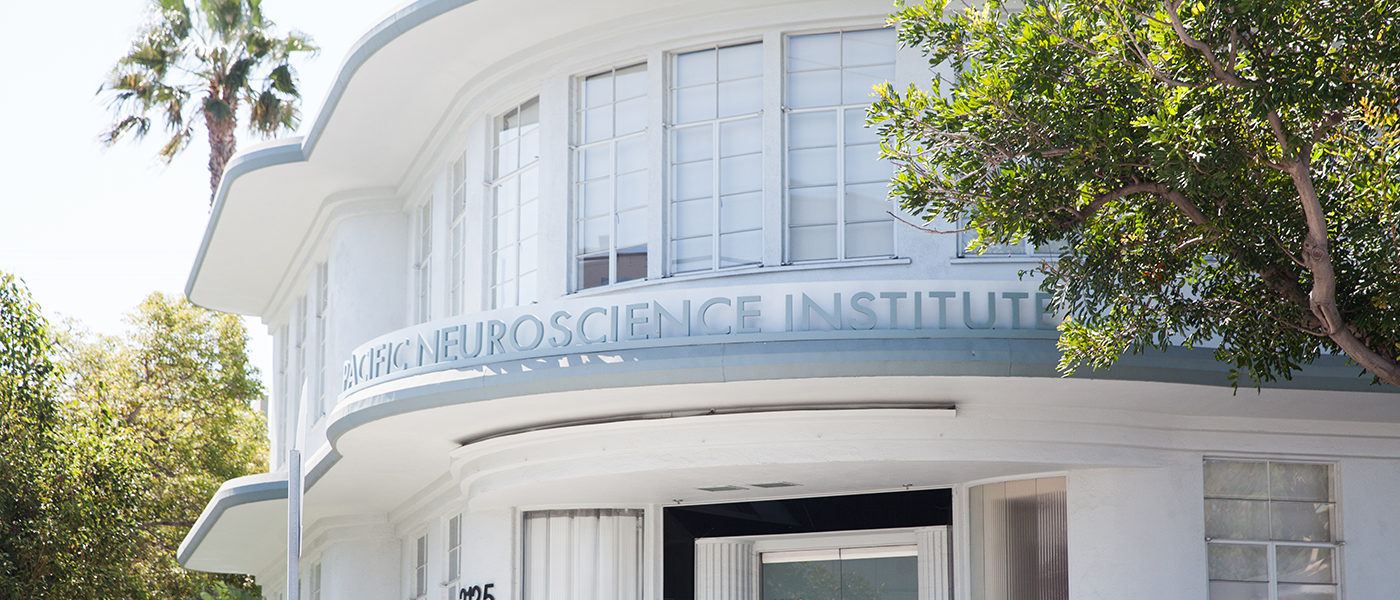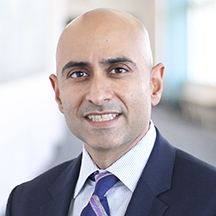
Traumatic Facial Paralysis
What is Traumatic Facial Paralysis?
Traumatic facial paralysis refers to the loss of movement or weakness on one side of the face resulting from physical trauma, injury, or damage to the facial nerves. The facial nerve, also known as the seventh cranial nerve, controls the muscles of the face, allowing for various facial expressions. Trauma to this nerve or the structures around it can lead to facial paralysis.
What type of trauma can cause facial paralysis?
Trauma to the facial nerve is the second most common cause of facial paralysis. This includes blunt force trauma that causes temporal bone skull fractures, sharp penetrating trauma (stab or gunshot wounds), and iatrogenic forms (those that occur during surgery).
What is the most common cause of traumatic facial nerve injury?
Fractures of the temporal bone are the number one traumatic cause of facial nerve injury. As the facial nerve exits the brain, it travels through the temporal bone and behind the ear before exiting the bone below the ear. It then enters the parotid salivary gland and is able to reach the muscles of the face. Temporal bone fractures are usually due to high speed head injuries such as automobile accidents, bicycle accidents, and falls. If the fracture involves the bone surrounding the facial nerve, the nerve can undergo swelling or may get cut.
The most important factor related to recovery of facial paralysis following temporal bone injury is if the facial paralysis is immediate or delayed onset. In one study, 40% of patients with immediate-onset complete paralysis had poor recovery while all patients with incomplete paralysis recovered completely.
Is iatrogenic facial nerve injury common?
No. Iatrogenic facial nerve injury is very rare. The most likely surgeries to cause facial nerve injury are during ear surgery or salivary gland surgery with less than 1% frequency. The majority of traumatic facial paralysis is due to temporal bone trauma.
How do you diagnose facial paralysis following trauma?
Every patient with concern for facial nerve injury should undergo a thorough history and physical examination. If the injury is related to a temporal bone injury it is extremely important to find out if the onset of paralysis was immediately following the injury or had a delayed onset. This will affect the management of the facial paralysis.
If the injury to the facial nerve is iatrogenic and occurred during surgery, the best time to repair the nerve is during the same procedure. If this is not possible and the patient awakens with facial paralysis, it is best to have the patient evaluated by an expert in facial nerve reanimation within the first 24 hours as they may need to return to surgery within 72 hours from onset.
Symptoms of traumatic injury to the facial nerve
Facial paralysis following traumatic injury to the facial nerve in the temporal bone or to the main trunk of the facial nerve usually presents with the following:
- Complete facial paralysis
- Inability to blink or close the eye
- Inability to smile
- Inability to chew food properly on the paralyzed side
However If the injury occurred to a branch of the facial nerve patients may present with only partial facial paralysis. This may include weakness in only a portion of the face rather than the entire face. In order to know if you have partial facial paralysis, you must be evaluated by a medical professional.
Treatment of traumatic facial paralysis
The treatment of traumatic facial paralysis may vary based on the type of injury, location of injury along the facial nerve, and with the onset of paralysis (immediate vs. delayed).
Our experts in facial reanimation will perform a thorough history, physical exam, and review diagnostic testing before creating a unique treatment plan for someone with traumatic facial paralysis.
Traumatic facial paralysis doctor and specialist
Facial Nerve Disorders Program Director and Otolaryngologist, Dr. Amit Kochhar, has over ten years of experience managing patients with facial paralysis. He treats and is accepting new patients from all over California, Arizona, Nevada, Oregon and Washington.
Meet Dr. Kochhar

In-Person or Virtual Video Visit
Our specialists have consultation openings for new patients.
